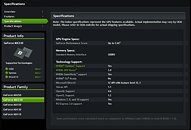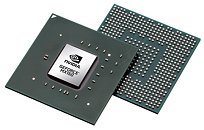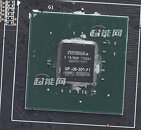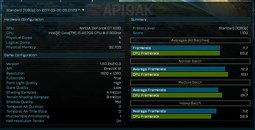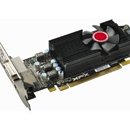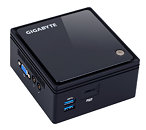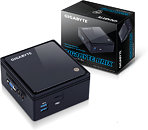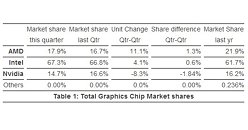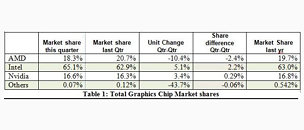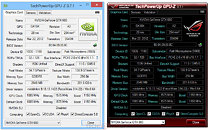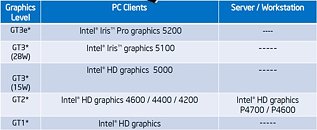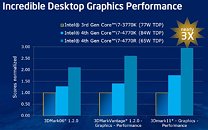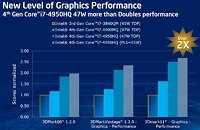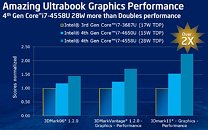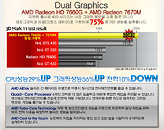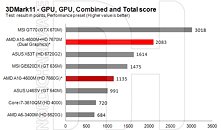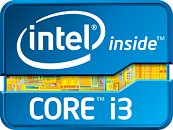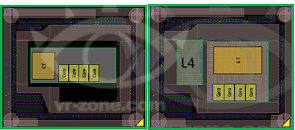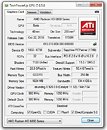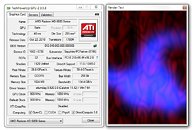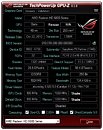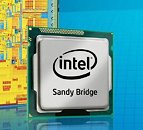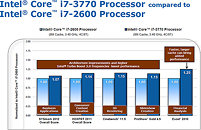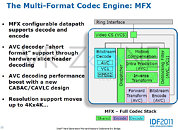
Intel 14th Gen "Meteor Lake" APUs Reportedly Feature Ray Tracing, May Lack XeSS
Intel's future Meteor Lake APUs seem to be playing catch-up to AMD's integrated graphics in more ways than one. Twitter user Coelacanth's Dream has dug up information that indicates Intel's commitment to bring ray tracing support to even its IGP (Integrated Graphics Processing) tiles. According to bits and pieces from Intel Graphics Compiler (IGC) code patches, it seems to be confirmed that ray tracing support is indeed coming to the TSMC-made, 3 nm GPU tiles in Meteor Lake. The kicker here is the presence of flags that detect whether the iGPU is of the "iGFX_meteorlake" type - if so, IGC sets ray tracing support to enabled.
Puzzlingly, Intel's upscaling technology, Xe SuperSampling (XeSS) could be out of the picture - at least for now. It seems that IGC patches for the upcoming APU family still don't allow for DPAS (Dot Product Accumulate Systolic) instructions - instructions that rely on XMX (Intel Xe Matrix Extensions), the AI engines responsible for executing 128 FP16/BF16, 256 INT8, or 512 INT4/INT2 operations per clock. These low-precision operations are the soul of algorithmic supersampling technologies such as XeSS.
Puzzlingly, Intel's upscaling technology, Xe SuperSampling (XeSS) could be out of the picture - at least for now. It seems that IGC patches for the upcoming APU family still don't allow for DPAS (Dot Product Accumulate Systolic) instructions - instructions that rely on XMX (Intel Xe Matrix Extensions), the AI engines responsible for executing 128 FP16/BF16, 256 INT8, or 512 INT4/INT2 operations per clock. These low-precision operations are the soul of algorithmic supersampling technologies such as XeSS.






